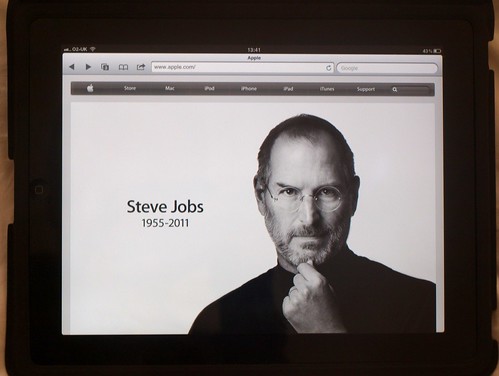Michael Feldstein has an interesting post on the issue of scale, inspired by Jim Groom's Open Ed keynote. Michael's post is very reflective and thoughtful and he admits he'd always sort of dismissed Jim and the edupunk stuff as interesting, but it doesn't scale, and scale was what he was concerned with. He concludes he was wrong to do so, and maybe Jim's approach does scale, but not in the conventional sense:
"But if we can create a world in which the average community college student asks her professors what their credentials are to teach their classes, then all else becomes possible in educational reform."
In his comments on the post Scott says:
"what I object to is an idea of “scaling” that works through what I call “massification,” e.g. find something that works and that either make that single instance bigger, or simply replicate that model holus bolus. I take this to be the industrial model of growth."
Now I work for an institution that has scale at its heart. It is all about delivering quality education at scale. I ran a course with 15,000 students on it. That's scale. And it isn't the kind of organic, network scale that Scott is talking about, it's the industrial type scale we traditionally think of. I've met plenty of OU students who will tell you enthusiastically that study with us has changed their lives (for the better). I occassionally bump into students who took my big course back in the early 2000s, and for whom it was a major event in changing the direction they took. So scale doesn't have to be dehumanising, it can still be designed with learners at the heart and every care taken to ensure that they have a personal, well structured learning experience. And delivering that at scale helps lots of people.
But the type of scale we're looking at with Jim, and which Scott refers to, is different. We've always known that an exciting lecturer will enthuse students, there's nothing new in personality being a factor. But we do see a form of scaling when this is done online and in the open, which is new. In this TED talk Chris Anderson highlights the power of video to accelerate innovation:
I think his ingredients of a crowd, light and desire apply to how work like Jim's scales. I have pondered before about what I could take away from DS106, and the answer is not 'be Jim', but it might be 'have greater student involvement'.
Are the two forms of scale at odds? I don't think so, and I would urge Michael to keep worrying about scale - my experience is that it can work and when it does it has a real impact on people's lives. That's not something to be sniffed at. But the new form of scaling is significant too. Maybe through the former we encourage people to participate in the latter, and maybe the latter provides means of making the former more engaging and responsive.
And the other thing I know about scale is this - it doesn't always matter. Sometimes you do something on a small course for example, which would never scale. But that's okay, it doesn't have to - it just works here and now.


